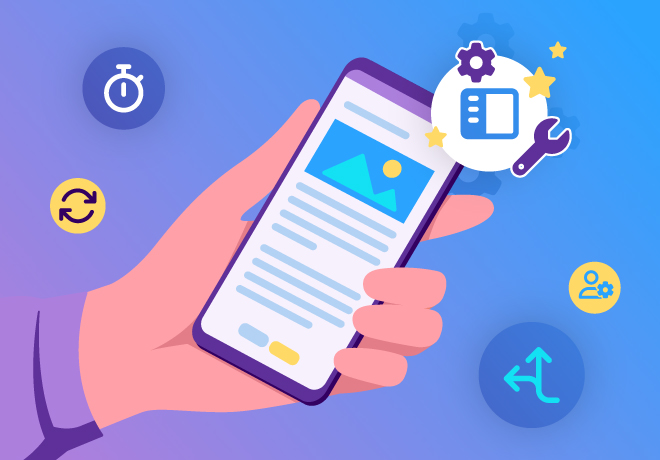
Microlearning in Custom eLearning: Boost Engagement with Targeted, Scalable Content

Get valuable eLearning insights to your inbox.
Listen to Neovation’s Demystifying eLearning podcast generated with NotebookLM!
Listen to our podcast on your favorite platform!
In today's fast-paced work environment, employees have less time and more responsibilities than ever, making lengthy, traditional training courses increasingly ineffective at capturing attention and delivering real impact.
Microlearning is the instructional design solution to this challenge, delivering focused, bite-sized content that fits seamlessly into the modern workflow and aligns with how people naturally learn today. This article will explore what microlearning is, its powerful benefits for corporate training, its most effective formats, and how a custom learning partner like Neovation can help you leverage it to achieve your organizational goals.
What Is Microlearning?
Microlearning is an approach to learning and development that delivers microlearning training in short, focused eLearning modules. These modules are designed to be concise—typically anything below 15 minutes—and are often built around a single, specific learning objective or topic. Microlearning can come in various formats, including short videos, interactive quizzes, mini-games, or brief interactive eLearning, all designed for quick, impactful knowledge transfer.
The philosophy behind microlearning is to break down complex subjects into manageable, bite-sized pieces that are easier for the human brain to process and retain, which reduces learner fatigue and cognitive overload. These micro-trainings can be used with a scaffolding technique, where a series of interconnected modules build upon one another to guide a learner through progressively more complex information and skills.
Microlearning has a natural synergy with mobile devices, making it a perfect fit for today's on-the-go workforce. It provides on-demand access to information anytime, anywhere—allowing employees to engage with training without needing to schedule a large block of time or at their moment of need.
Why do organizations use microlearning?
Organizations are increasingly choosing microlearning over long-format training methods because it directly addresses the realities of the modern workplace: more responsibilities and less dedicated time for development. By breaking down complex topics into short, focused modules, this approach transforms learning from a disruptive event into a seamless part of the daily workflow, making it more effective and accessible for today's busy employees.
Exploring The Key Benefits of Microlearning
The key benefits of choosing microlearning include:
- Flexibility and workflow integration: Its time-friendly design fits seamlessly into an employee's daily workflow, allowing for sessions that can be completed anytime without scheduling, unlike longer training.
- Enhanced engagement and retention: Microlearning combats the "forgetting curve" and holds the attention of modern learners by delivering targeted refreshment training in short bursts with engaging elements like gamification and explainer videos.
- Cost-effectiveness and efficiency: Microlearning can significantly reduce course development costs and speeds up delivery time compared to traditional eLearning, offering a higher return on investment by achieving better outcomes with fewer resources.
- Personalized and targeted learning: It is ideal for creating personalized learning paths that address specific, individual skill gaps, ensuring employees only consume content that is highly relevant to their roles and immediate needs.
Organizations apply this flexible and efficient approach to solve a diverse array of common training challenges across the entire employee lifecycle.
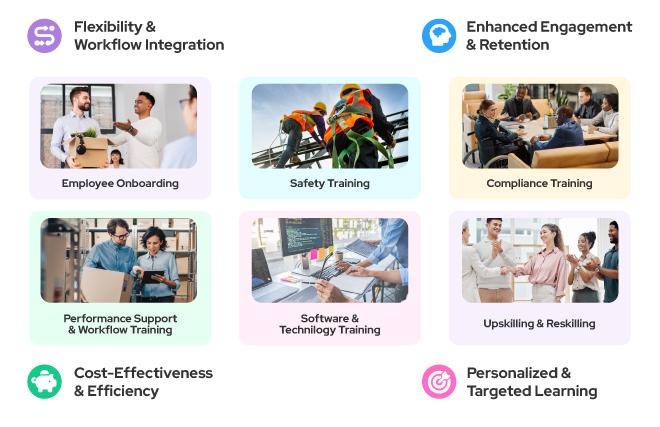
Putting Microlearning into Action: Key Use Cases
Due to its flexible, focused, and on-demand nature, microlearning is a highly versatile tool that can be strategically applied to address a wide range of common corporate training needs. These use cases provide excellent microlearning examples of the strategy in action.
- Employee onboarding: Microlearning provides new hires with quick, digestible bits of information to help them rapidly understand company culture, policies, and their specific roles. This method prevents information overload and allows them to learn at their own pace, increasing their confidence.
- Safety training: For critical workplace health and safety training, microlearning is used to reinforce core principles and best practices. Microlearning’s "little and often" approach, combined with spaced repetition, helps keep safety rules top of mind for quick and accurate recall when it's needed most.
- Compliance training: Similar to safety training, offering compliance training through microlearning helps protect your employees from unethical work environments, your organization from lawsuits, and your customers from errors or negligent behavior.
- Performance support and workflow learning: This involves providing immediate, just-in-time answers or refreshers directly within an employee's daily workflow with minimal interruption. Acting as a mobile knowledge base with job aids or searchable guides, this approach improves efficiency and accuracy by delivering focused information precisely at the moment of need.
- Software and technology training: Microlearning is highly effective for delivering focused, step-by-step tutorials on how to use specific software and applications. This approach reduces the learning curve and helps employees become proficient quickly, while incorporating short, interactive simulations provides a risk-free environment for hands-on practice.
- Upskilling and reskilling: Microlearning supports continuous professional development by offering accessible training modules that employees can complete at their convenience to stay current with new skills and industry trends. This flexible, self-paced approach fosters a strong learning culture, helping to fill skills gaps and leading to greater employee loyalty and retention.
The versatility of these applications is made possible by the wide variety of engaging content formats that microlearning can take.
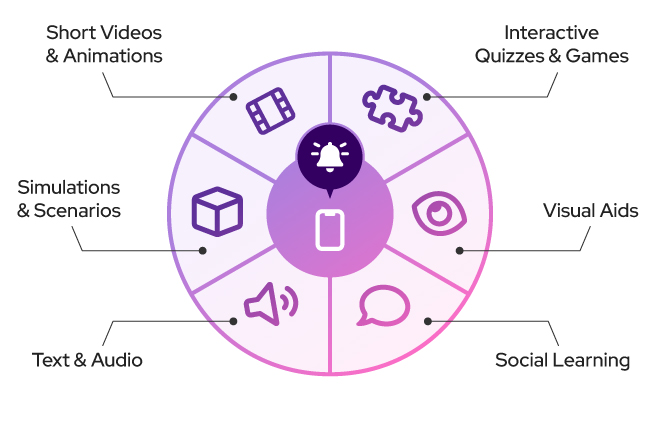
Common examples of microlearning content
Microlearning's flexibility comes from its wide variety of content formats, each designed to meet specific learning needs in a concise and engaging way. The most common types of microlearning used by organizations include:
- Short videos and animations: These are used to demonstrate processes, simplify complex topics through dynamic animation, or provide quick software tutorials and explainer videos.
- Interactive quizzes and games: This format provides quick knowledge checks and makes learning fun through gamified elements like points and challenges that offer instant feedback.
- Simulations and scenarios: These offer a risk-free environment for learners to engage in hands-on practice, make decisions in realistic branched scenarios, and learn from immediate consequences.
- Visual aids: This includes infographics, process diagrams, and one-page cheat sheets that make complex data or workflows easy to understand and reference at a glance.
- Text and audio: This includes short articles, informational podcasts, or daily email prompts that deliver focused information for learners who prefer reading or listening.
- Social learning: This leverages company microblogs or expert Q&A sessions to foster a collaborative learning environment and disseminate knowledge informally.
Selecting and developing the right mix of these formats is key to an effective strategy, which is how Neovation's Custom Learning team approaches each unique client project.
Expert Perspective: How Neovation’s Custom Learning Team Develops Effective Microlearning
At Custom Learning, our proven process transforms your training goals into powerful, bite-sized learning experiences that engage employees and drive performance. We follow microlearning best practices to deliver these exceptional results:
- Content transformation and creation: We transform your existing dense materials—from live training sessions to policy documents—into powerful, focused microlearning courses. For learning needs not currently addressed by existing training, our team collaborates with your subject matter experts to develop comprehensive new content from the ground up, ensuring all knowledge gaps are filled.
- Instructional design excellence: We ensure every microlearning module is built around a single, clear learning objective. We apply proven instructional design principles to structure information with a logical narrative flow that makes complex topics easy to understand and maximizes long-term knowledge retention.
- Engaging and interactive features: We make learning active, not passive, by incorporating a wide range of interactive elements. This includes short simulations for safe practice, dynamic explainer videos, and strategic gamification to boost motivation, reinforce concepts, and provide immediate feedback.
- Advanced learning technology: Modern microlearning platforms go beyond simple delivery by actively measuring knowledge gaps and delivering targeted content to help your employees achieve true mastery.
- Flexible and comprehensive partnership: Our flexible design levels and innovative Custom Learning Points system provide transparency and control over your budget, allowing you to develop high-impact microlearning assets efficiently and effectively.
By integrating content expertise, strategic design, and flexible project management, we ensure every microlearning module becomes a powerful tool for achieving your organizational goals.
Maximize Opportunities for Mastery with Microlearning
By breaking down topics into bite-sized modules, microlearning provides a flexible, accessible, and effective learning experience. The benefits are clear and significant: dramatically improved knowledge retention, higher employee engagement, and a more efficient and cost-effective way to deliver training that truly sticks.
Partnering with a specialized team like Neovation Custom Learning ensures that your microlearning is not only built on proven learning science but is also perfectly tailored to your unique challenges and organizational goals. Our strategic approach is how you transform your training from a simple necessity into a powerful driver of performance and success.

Alex is an experienced writer and marketer with an interest in all things education. With a background in literary theory, technical writing, and document design, he is interested in how learners make meaning from language and how to create meaningful connections through writing.
Become part of our L&D community
We publish a new learning hub article — full of useful, practical topics — weekly.
Not sure where where you want to start? Jump into one of our recently published articles and see where it takes you!




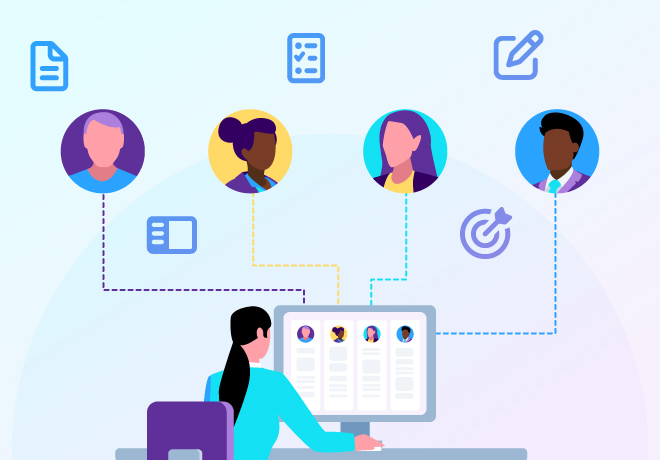
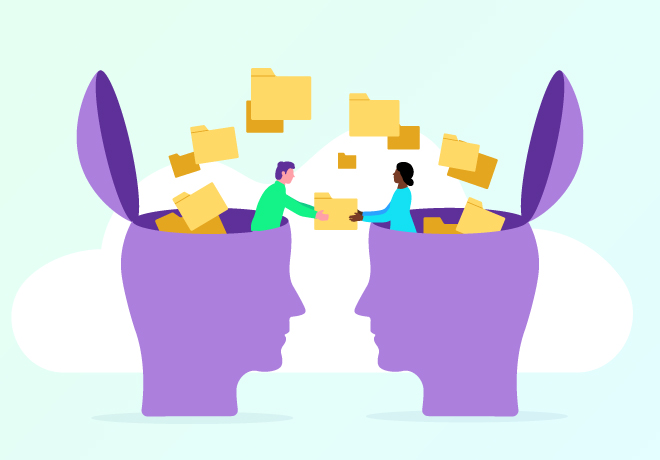
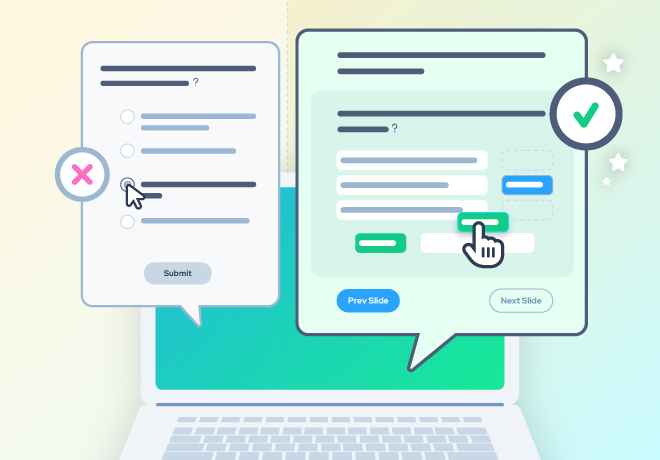
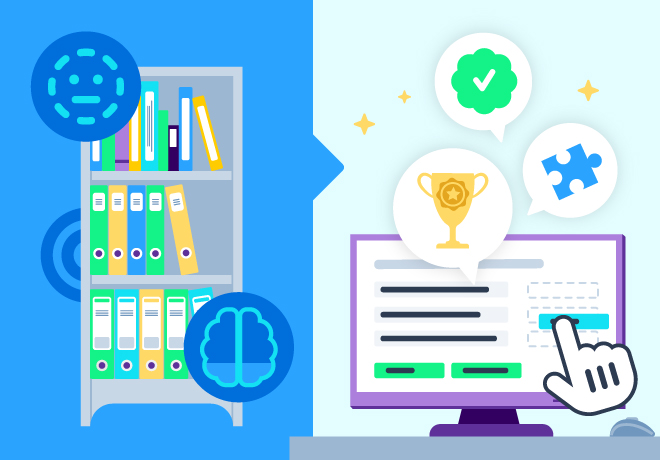
-svg.svg)
-svg.svg)
-svg.svg)
-svg.svg)